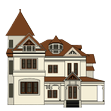The kitchen is one of the most used areas in homes, and painting cabinets can help make yours more modern, welcoming, and different from anyone else. But the key is to select which paint. Between latex, oil-based, acrylic and specialty paints, it can be difficult to nail down your ideal match. From types to finishes, application tips and maintenance — this guide explores all there is to know about choosing the best paint for kitchen cabinets. Here are two examples of possible paraphrases:
1) Why You Should Paint Your Kitchen Cabinets?
In the same way, painting your kitchen cabinets is a faster, cost-effective refresh instead of replacing them. It offers new aesthetics to your kitchen, increases resale property value, and allows customizing colors and finishes fixtures according to your tastes. A fresh coat gives an eye-catching effect and covers imperfections and moisture/ stain protection, which means cabinets will last longer. Moreover, it helps the environment by using something already there instead of heading to a landfill. In short, cabinet painting is a quick and inexpensive design solution that will take your space to a new level while standing the test of time.
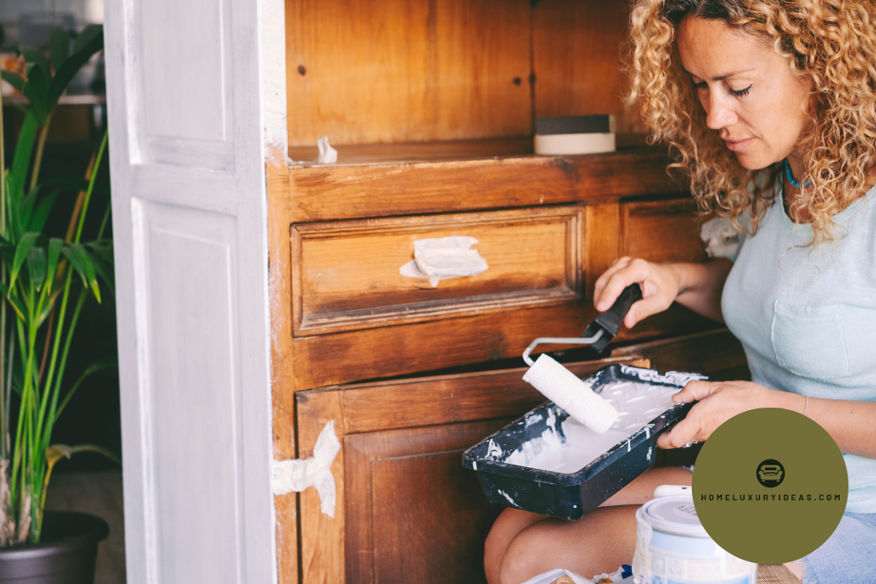
2) Why Has Kitchen Cabinet Painting?
For homeowners hoping to give their kitchens a pick-me-up without going through with an entire remodel, painting kitchen cabinets has become quite the trend. Reasons to Paint Instead of Replace.
Budget-Friendly: Painting your cabinets will be more cost-effective than replacing them and the associated labor costs.
Customization : Any color or finish for your choice can help you go well with the other part of kitchen.
Sustainable: Rather than discarding old cabinets, a paint job gives them new life and saves them from landfills.
Resilience High: end paint coats cabinets with a strong layer of protection from scratches, humidity and other damage.
3. Paint Types You Can Use For Kitchen Cabinets
Based on variety of paint which provides different advantages. Here are the most common kitchen cabinet types:
Acrylic: Long-lasting that does not yellow, great for high-use areas. Acrylic can dry very fast and comes in many different types of finishes.
Latex Paint : Latex paint is quick drying, water based, emits little to no odor and is considered a green choice. But it could deteriorate more quickly in heavy use spaces.
Oil paint: Long-lasting and smooth finish perfect for kitchens, but can be tricky to apply and needs good ventilation.
Chalk Paint: Chalk paint is famous for its matte finish and creates a rustic look. Distresses nicely for a vintage look, seals will likely be needed for durability.
Enamel paint: This type of paint gives a glossy, harder finish and is more chip-resistant than latex, making it appropriate for kitchens that get lots of use;
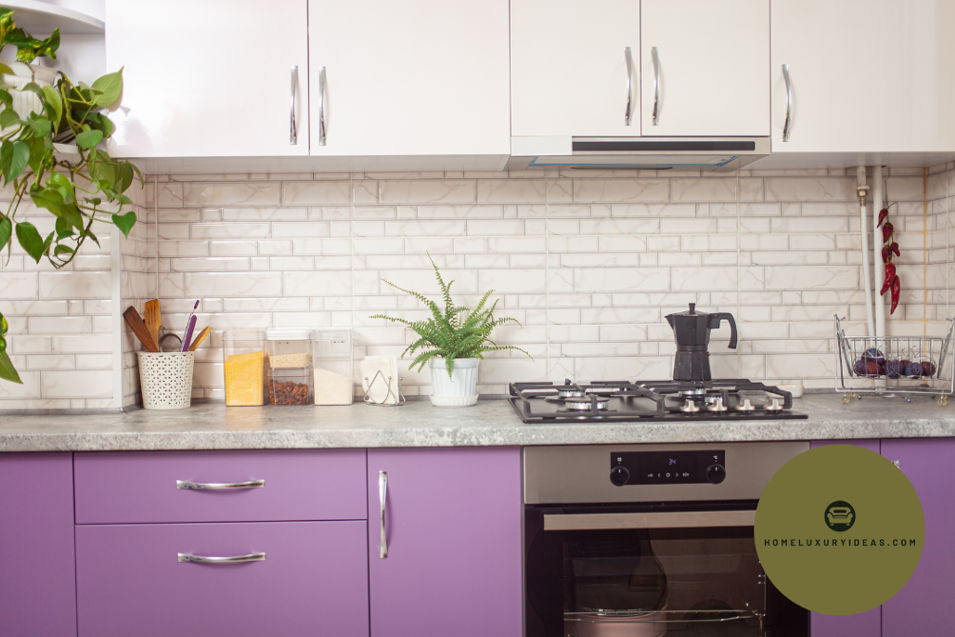
4. Understanding Paint Finishes
A solvent-based finish is durable and will do well against scratching which makes this an ideal paint finish option to use on cabinets that are going through heavy wear. Here is a breakdown of this finish and how it stands up in the kitchen:
Matte finish: This is a handled type of non-glossy surface that helps conceal blemishes but is not very easy to clean.
Satin Finish: A low gloss level while delivering a good compromise between aesthetic appeal and practical utility. You can make from satin to achieve a warm, understated style.
Semi-Gloss sheens: More reflective than satin with a sleek-clean appearance. Withstand moisture and scrubbing as is durable — Semi-gloss
Shiny Finish: Reflects the most amount of light and has a very durable finish. High gloss, perfect for contemporary kitchens but if poorly applied it can bring out imperfections in surface.
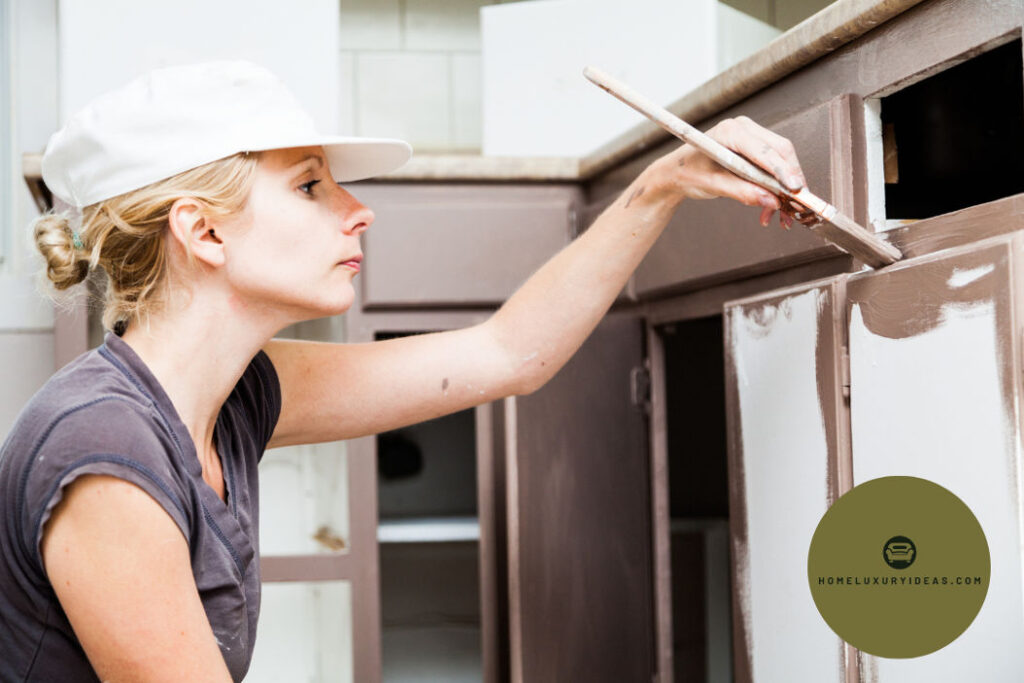
5. Tip #1: Different types of paint finishes to choose from
Choosing the right finish will depend on the style of your kitchen, how much maintenance you want, and how durable you want it to be. Things you should consider in choosing the perfect finish:
For a Soft Effect: matte or satin finishes are appropriate since they offer a warm, smooth appearance to the cabinets.
And You Can Go With Semi-gloss And high gloss For A Sleek Appearance Finishes Provide A Very Smooth Modern Appearance, Making Them Ideal For High Traffic Kitchens As Their Surfaces Are
Easy To Clean
Durability : Semi-gloss and high gloss are the most fairly resistant finishes, able to withstand moisture, stains, and frequent cleaning with ease.
6. Latex vs. Oil-Based Paints
Latex and oil-based paints have distinct qualities, making each suitable for different preferences and kitchen types.
| Feature | Latex Paint | Oil-Based Paint |
|---|---|---|
| Durability | Good, may wear with heavy use | Excellent, extremely durable in high-traffic |
| Drying Time | Quick, often within a few hours | Longer, requires up to 24 hours |
| Odor | Low odor, eco-friendly | Strong odor, needs ventilation |
| Ease of Cleaning | Cleans up with water | Requires solvents for cleanup |
| Finish Quality | Smooth but less glossy than oil-based | Smooth, glossy, resists scratches |

7. Best Paint Brands for Kitchen Cabinets
The final results depend on the cabinet brand you choose. Remember, “A cabinet brand can make or break your cabinets.” But, what would you do? more than a hundred brands specialized in doors out there? The best brands to get started with are also listed below.
BENJAMIN MOORE: Home to ADVANCE® Waterborne Alkyd, a durable radiant finish that is ideal for cabinetry.
Sherwin-Williams The Emerald Urethane Trim Enamel covers well, fells good going on and resists yellowing.
Cabinet Transformations Kit | Easy DIY by Rust-Oleum: If you would like a cabinet makeover with a professional-looking finish in an easy to use kit, this is the one!
Valspar: The semi-glossy finish ninal to their cabinet enamel has a great capacity and creates a hard, durable but very smooth fine surface for high-use areas.
8. Water vs. Solvent Based Paints
Water paints have their own advantages over solvent-based paints. Water-based paints (e.g., acrylic, latex): These low-odor, quick-drying paints are easier to work with in the home. Solvent-based or oil paints result in a harder, more permanent finish. Although solvent-based paints for use inside a working kitchen have a strong smell and need to be used with proper ventilation, they’re usually more resilient, making them better suited for your cabinets if they are heavily used.
How Do You Prepare Your Cabinets for Painting?
You must prep properly to make your paint stick around. Here are some steps to follow when preparing your cabinets:
Remove Doors from Cabinets: Remove all cabinet doors and detach hinges, knobs, and hardware.
Hella man, Clean Up: Degrease or TSP the cabinets.
Sand the Surface: Create a smooth surface by sanding away, this will allow for easier painting. The best choice is fine-grit sandpaper, like 220-grit.
Repair Dents and Scratches: Apply wood filler to name in scratches or dents and sand smooth.
Painter Tape: Use painter tape around the walls, flooring and loans to make sure no splattering gets on them.
The Must-Have: Priming And Why You Should Never Skip It In Your Routine.
Unlike other surfaces that you can skip priming, priming must be done for cabinets for increased longevity especially if it is wood that has been stained or varnished previously. A primer will make sure the paint sticks and also possibly prevent any stains from bleeding through.
Use a Bonding Primer > Find and apply a quality bonding primer, one specifically designed to stick to slick surfaces.
Sand Between Coats: Once the primer is dry, lightly sand it between coats of fine-grit sandpaper so it will be smooth.
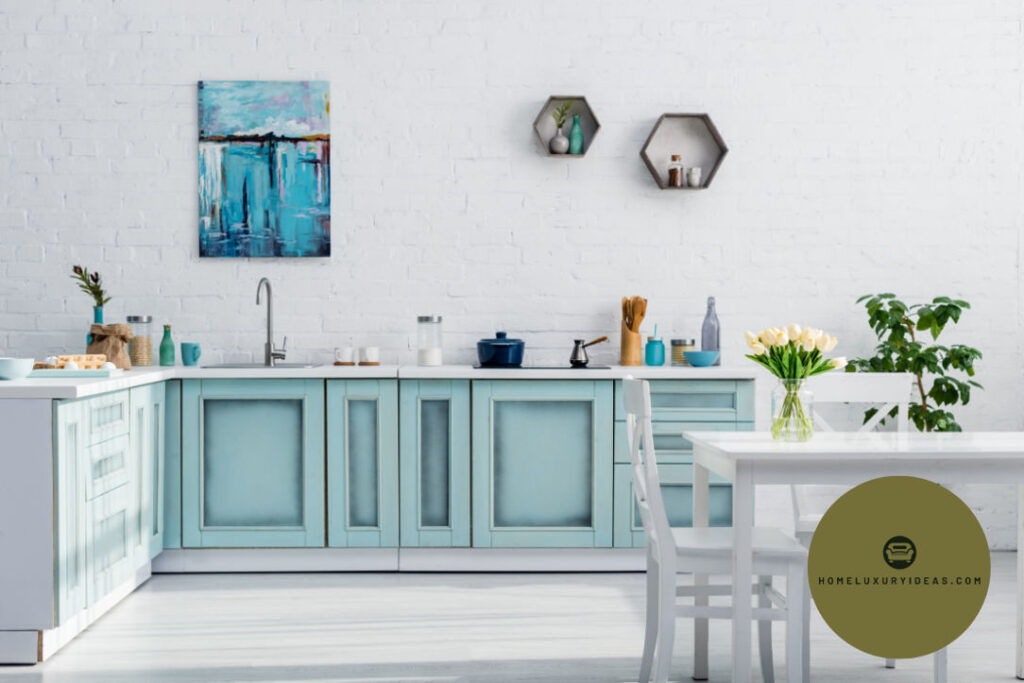
9. Cost of a DIY vs. Professional for Painting Cabinets
While a DIY painting saves you money and allows you to be in charge of every little thing about the project, it will take time and accuracy. While hiring a professional will provide you with a perfect high-quality finish and will save time, doing so costs more.
So when you go to making your decision, here are the things.
Cost: A handyman save money but will probably not look like a pro job.
Speed and Polish: Having the experience and the tools to get work done means it is quicker, more refined, and usually way more appealing.
Finish: If you want high-gloss perfect finish, consider having it professionally refinished.
10. A Complete Guide to Kitchen Cabinet Painting
This is a step-by-step guide for painting your kitchen cabinets:
Set-Up: Lay a drop cloth over carpets and surfaces before the work begins.
Wash and Sand: As noted the washing and sanding are required for good adhesion.
Prime: Apply a coat of primer and allow it to dry all the way before continuing.
Paint: The best paint is one that will go on in layers. You can apply with a high quality roller, brush or sprayer. Allow each coat to dry fully.
Hang It Up: After everything has dried, put the hardware back on and hang the cabinet doors.
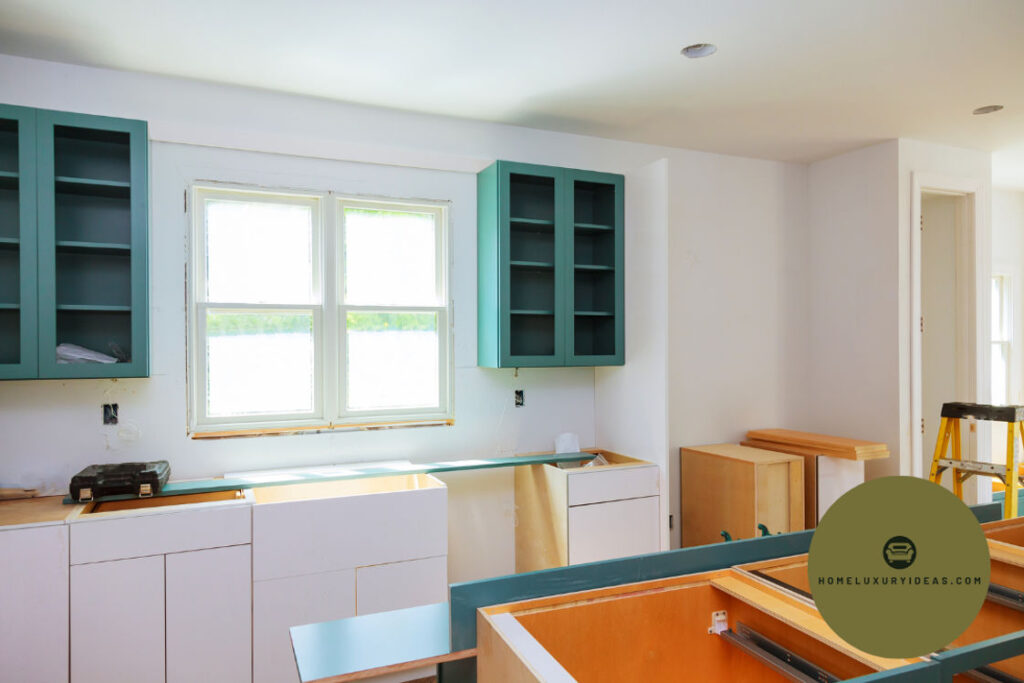
11. Kitchen Cabinet Painting Mistakes You Should Avoid
To ensure a seamless, long-lasting finish, avoid these common mistakes:
Do Not Skipping Primer: Primer gives adherence and better long-lasting fulfilment into the paint.
Inadequate Sanding: Neglecting to sand can result in paint that will flake off at a later date, or appear uneven and bumpy upon application.
Using Thick Layers : You are more likely to get drips or texture in your finish if you use thicker coats; thin even layers = a smooth finish.
Not Allowing Each Layer to Dry: Each layer needs to be fully dried before moving on to the next coat for a hard-wearing finish.
12. Maintaining Painted Kitchen Cabinetry
Caring for your cabinets to maintain their appearance:
Soften Your Approach: Wipe down cabinet faces with soapy water — no scouring pads here.
Keep Moisture at Bay: Should spills occur, wipe them away instantly to ensure that moisture does not penetrate the surface.
Touching Up: Use leftover paint to touch up small chips or scratches as they occur.
13. what is Best Paint for Kitchen Cabinets?
These features make it one of the best-paints for kitchen cabinets — durability, moisture-resistant properties, and easy cleanup. A semi-gloss or high-gloss finish such as Benjamin Moore Advance or Sherwin-Williams Pro Classic gives a smooth, durable appearance. Satin finish with a hint of shine or chalk paint for that vintage feel, which can be easily touched. An oil-based paint takes longer to dry for a harder finish, while acrylic enamel marries durability with speedy drying. Use a good primer for optimal adhesion and an even finish.
14. FAQs
Can I use regular (non cabinet) wall paint on cabinets?
Use cabinet grade or enamel paints as they provide much better durability.
How many layers of paint should be applied?
With kitchen cabinets, paint needs at least 2 or 3 coats to cover a painted surface correctly. Here’s the typical process:
Use a Primer: Ensure you use some primer before anything to provide a smooth and clean overcoat. That is even more true when painting over raw wood or a dark color.
Step 3: Apply the First Coat of Paint. Apply the first coat of paint to a thin, even layer. Let it cure completely (generally 2–4 hours, depending upon the type of paint you used).
More paint: Make a second application right after it dries, adding as necessary to achieve complete and uniform coverage.
Third coat (optional): If you need additional durability or darkness for heavily used areas, apply a third coat.
Remember to sand between coats (with fine grit paper) for a smooth, even application.
How many coats do I need?
2-3 coats should suffice for the best coverage and durability.
How can you avoid brush strokes?
A good quality roller or paint sprayer will minimize brush strokes.
SHOULD I SAND BETWEEN COATS OF PAINT?
Sanding between the coats to allow for any micro wrinkles and things like drips or bumps is essential to getting a smooth coating (I also find that sanding allows the next coat to enjoy better adhesion). After each coat dries, sand with fine-grit sandpaper (220-grit or higher). For a smooth, professional finish, wipe off dust between coats.
Should we sand between coats and, if so, how much?
A light sanding gives a better hard surface and smoothens out slopes.
When can I use my kitchen again after painting?
You can typically use your kitchen again 24 to 48 hours after painting, but it’s best to wait at least 72 hours before heavy use. Here’s a general timeline:
- 24-48 hours: Light use (e.g., opening cabinets, light handling).
- 72 hours: Full curing time, ideal for heavy use like cooking and cleaning.
Keep in mind, paint can take 2-3 weeks to fully cure and reach its maximum durability, so handle with care during that time.
How long to let paint cure after the last coat?
At minimum, give it 24–48 hours (or more) before putting anything.
Can I paint over stained wood cabinets without stripping?
Yes, a bonding primer you can paint over-stained cabinets without stripping.
15. Conclusion
We will detail just what type of paint you must select to ensure a long-term, aesthetically pleasing finish capable of withstanding the rigors of daily life. It will be smooth and professional-looking if you pick the right paint and do not scrimp on labor (Like 2-3 coats), usually sanded in between. Proper drying time is essential for the longest-lasting results (at least 24-48 hours before light use and 72 hours for full use), so be patient, but it will be worth the effort. Kitchen cabinets with a proper finish will not only give a new look to your kitchen but will also last for many years in the hustle and bustle of a busy kitchen.
